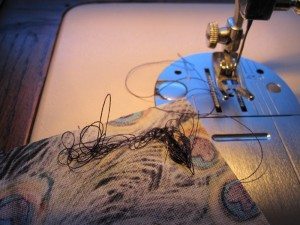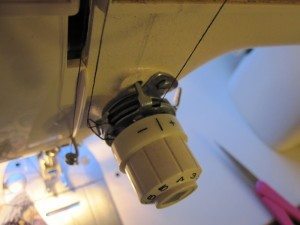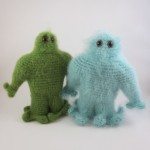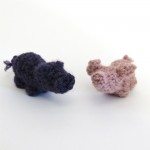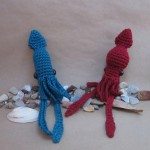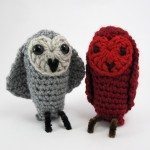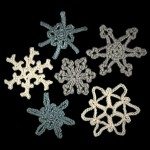I’m trying to spread out the non-project posts, but it’s time to give some credit to the software that makes all this possible. I’m an open-source kind of gal, but as someone who only barely programs, the contributions I can make are limited. I do hope to eventually create some tutorials, but for now I will settle for proclaiming my use of them to the world.
WordPress is the obvious starting point, a beautiful content management system that is infinitely customizable. My theme is a slight modification of the included theme Twenty Twelve, called ReveDreamsSpecial. It is a child theme, but barely so, since it changes the header but otherwise only changes the CSS, which I could do to Twenty Twelve directly. Should I ever want a dramatically different-looking custom-designed webpage, I could keep WordPress as the basis, because it is built for such flexibility in the presentation of content.
Along with WordPress I use WooCommerce for my shop. Technically this is a plug-in, but it’s so extensive it doesn’t feel like it should have that designation. However, its plug-in status means it integrates seamlessly with WordPress, including in the sidebar and menu contents. There are additional plug-ins for free or pay that extend WooCommerce with various payment gateways, customer interface functionality, ability to sell subscriptions, etc.
In the background I have three programs used for working on images and pdfs. Scribus sees the most use; it is a page layout (desktop publishing) program. I use it to make my pattern pdfs. It allows me to put text boxes and image boxes wherever I want them while maintaining alignment of text baselines and so forth, can input vector graphics, and has (very) basic image editing abilities and shape-drawing options. I can set up a whole template of margins and guidelines, and tweak positions and measurements down to the fourth decimal place in a variety of units of measurement. It can be crabby sometimes, but I love that it does not require Mac’s X11 program to operate.
The remaining two do require X11: Gimp and Inkscape. Gimp is well known photo editing software that I used to clean out the gray behind Stumpy in my header image. I don’t use it too often (typically I am at the depths of the editing I know how to do with iPhoto’s options), but it is my go-to when I want to make a photo collage or similar. My most recently acquired Gimp skill was how to make an animated gif.
Inkscape is a vector graphics program, and in it I made my logo, as well as a graphic of stork-shaped embroidery scissors and some embroidery stitch diagrams. I haven’t quite grasped all the uses of vector graphics, I think, but I feel good having grasped the basics of creating them.
This page would be incomplete if I omitted some non-open source components. I mentioned iPhoto, and I am also a big fan of TextEdit and Preview on my Mac. I must admit I’ve been considering buying Pixelmator to replace both Gimp and Inkscape with a Mac-native program, especially next time I want to make stitch-instruction diagrams. The script letters in my logo are Janda Elegant Handwriting by Kimberly Geswein, and the title and byline text are Rotis Semi-Serif, which is also the font used in my patterns. I’m a fickle web-browser user despite the annoyance involved in switching from one to another, but currently use Firefox.
